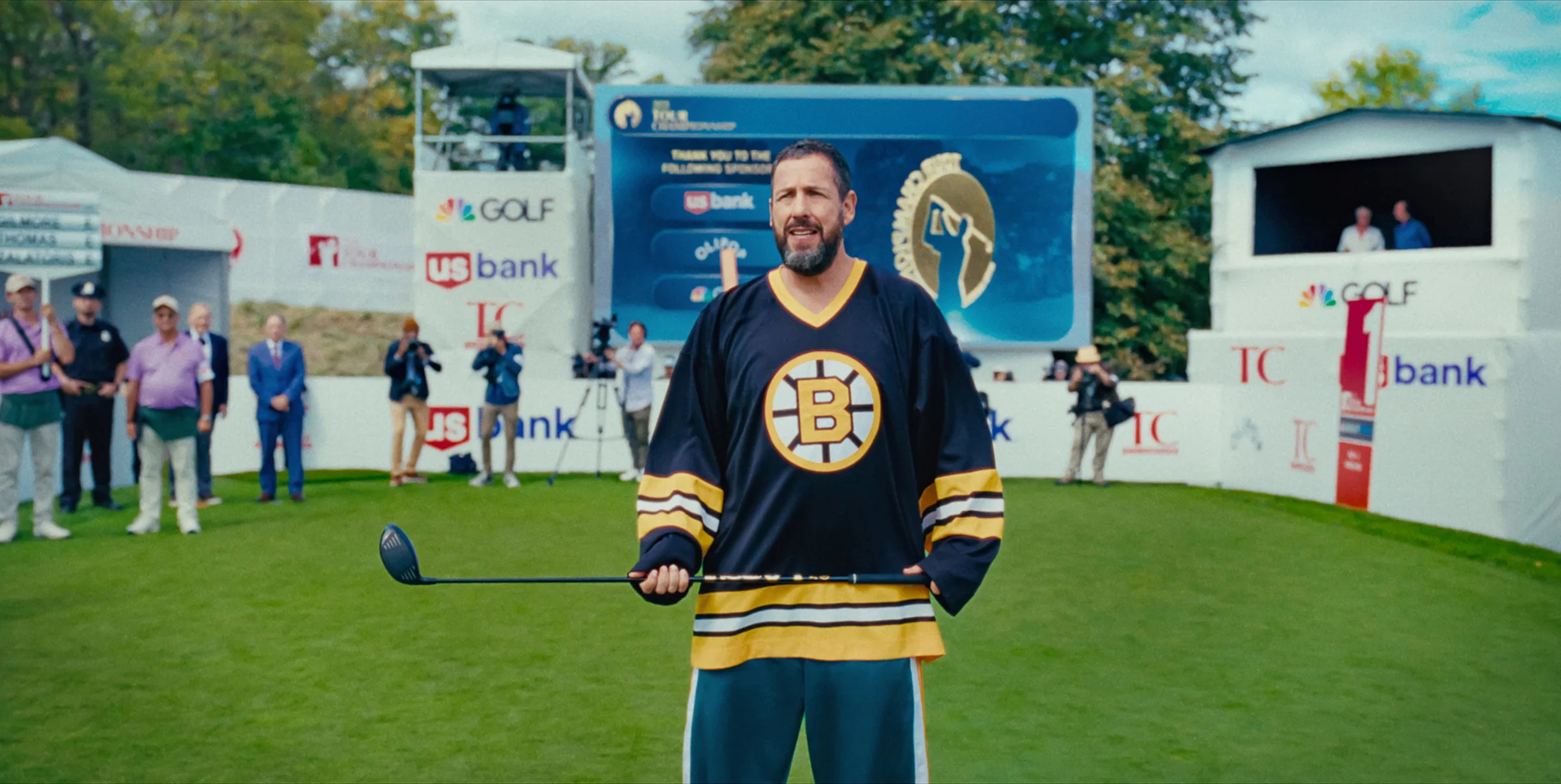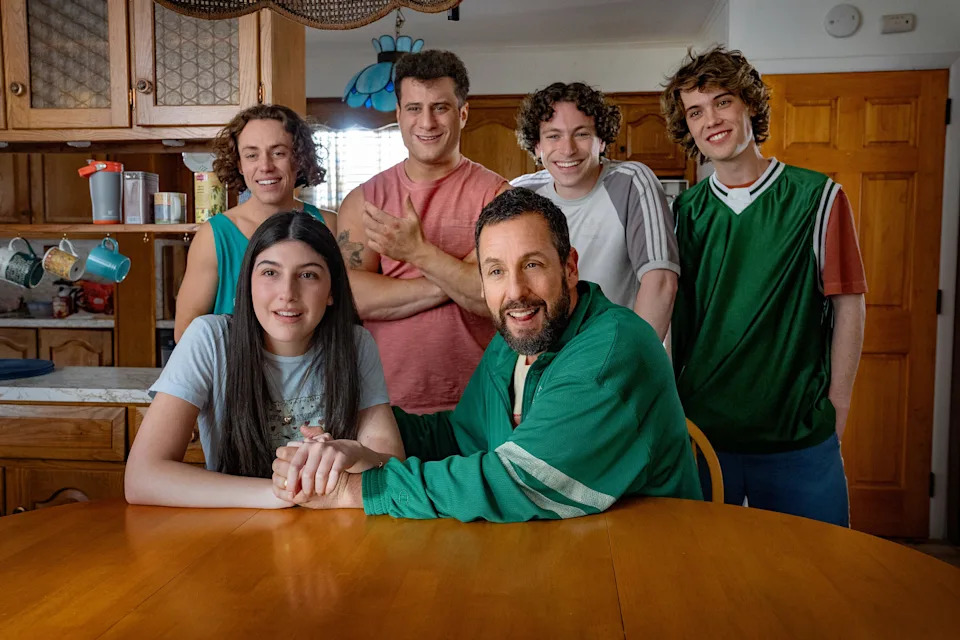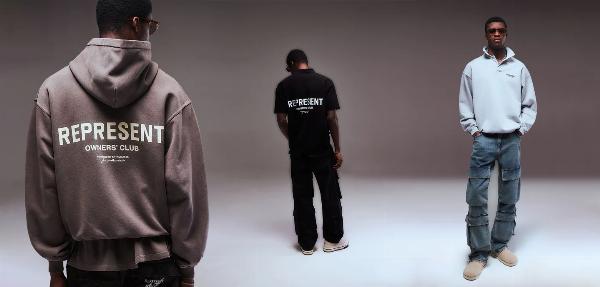What 'Happy Gilmore 2' says about the legend and legacy of Adam Sandler

The Netflix release of “Happy Gilmore 2” this past weekend caused me to continue thinking about Adam Sandler’s career and comedic legacy.
This is something I’ve been pondering with some regularity (really!) since February when Sandler took the stage at the “Saturday Night Live” 50th-anniversary special to sing about his friend Chris Farley. Farley died in 1997, just as his and Sandler’s careers were starting to warm up.
As Sandler strummed his guitar, mixing in sentiment with patented goofiness, you could sense from the Studio 8H audience that he was becoming something more than a successful actor-comedian. Sandler was becoming a respected cultural elder. An icon of comedy. A stature only the likes of Bill Murray have achieved under similar trajectories. Articles following the “SNL” special confirmed this emotional watershed; long live the Sandman.
AdvertisementAdvertisement#_R_93ckr8lb2mav5ubsddbH1_ iframe AdvertisementAdvertisement#_R_h3ckr8lb2mav5ubsddbH1_ iframeWhich I struggle to say Sandler deserves. The moment I knew Murray reached that level was in Sofia Coppola’s “Lost in Translation,” a film that used all the performer’s skill and energy for something both funny and devastating. But Murray had been working up to this point for some time, honing a refined and complicated version of this persona in films like “Groundhog Day,” “Ed Wood” and “Rushmore.” It was earned through deliberate choices and savvy calculations. He became not just a funny guy, but a presence.
Sandler has been almost defined by the fact that he chooses to work beneath his talent and has done so going on four decades. I say this acknowledging that Sandler has made some breathtakingly great films — more on these shortly — and has shown flashes of genius even in lesser work. But this is what's so frustrating. He often chooses to be lazy and go for the same jokes over and over again.
“Happy Gilmore 2” perhaps epitomizes Sandler’s problem as well as any movie has. Because it is a film literally recycling jokes from 30 years ago. As we revisit this rage-fueled golfing pro after a series of tragedies in his life, “Happy Gilmore 2” falls into a pattern of re-introducing characters from the 1996 film, usually with a clip highlighting some set piece or joke involving said character. Remember this joke, the film nudges. Well, there’s more of the same coming your way!
The worst thing for comedy is predictability. Nothing will make you laugh if you know it’s coming. Perhaps you knowingly chuckle because the joke reminds you of a different time in your life or perhaps because it is familiar and therefore safe. Safety in comedy is a killer.
AdvertisementAdvertisement#_R_abckr8lb2mav5ubsddbH1_ iframe AdvertisementAdvertisement#_R_ibckr8lb2mav5ubsddbH1_ iframeThere are few actual original jokes in “Happy Gilmore 2.” When you see them, you laugh. Because I did. But the tendency to rely on old gags suffocates the proceedings.
 HAPPY GILMORE 2. (L to R) Sunny Sandler as Vienna, Adam Sandler as Happy Gilmore, Ethan Cutkosky as Wayne, Maxwell Jacob Friedman as Gordie, Philip Schneider as Bobby and Conor Sherry as Terry in Happy Gilmore 2. Cr. Scott Yamano/Netflix © 2025.
HAPPY GILMORE 2. (L to R) Sunny Sandler as Vienna, Adam Sandler as Happy Gilmore, Ethan Cutkosky as Wayne, Maxwell Jacob Friedman as Gordie, Philip Schneider as Bobby and Conor Sherry as Terry in Happy Gilmore 2. Cr. Scott Yamano/Netflix © 2025.Same goes for another crutch in Sandler’s arsenal: the gratuitous cameo. Which is a bit of a double-edged sword. It must be fun to be in an Adam Sandler movie because he gets lots of people — not necessarily known for their acting, but famous in their own right — to appear. With “Happy Gilmore 2,” you get Margaret Qualley, Travis Kelce and Eminem, among others. All talented people given nothing to do except stand around and look familiar.
Again, there are audience members who will squeal with delight in seeing people they recognize. For me, I need performers to actually do something funny in order to make me laugh. John Daly, who has more of a supporting role than a cameo, is very funny during his brief bouts of screen time. Same for Bad Bunny. But again, it’s because the film gives them funny things to do.
Another problem I’ve always had with Sandler is his tendency to equate childlike rage with humor. Even in his fifties. As though screaming and throwing tantrums as a grown man is not only entertaining, but something to be encouraged. If you suffer from arrested development, and don’t really want to grow up, I get the appeal. But it’s far from healthy. One of Sandler’s best performances, in Paul Thomas Anderson’s “Punch-Drunk Love,” goes to great lengths to express how worrisome the Sandler persona is to maximum dramatic effect.
AdvertisementAdvertisement#_R_brckr8lb2mav5ubsddbH1_ iframe AdvertisementAdvertisement#_R_jrckr8lb2mav5ubsddbH1_ iframeSandler does come off a tad more mellow in “Happy Gilmore 2” than usual. There’s a significant pall over the proceedings as the film opens with the death of a major character and makes references to characters who cannot come back to the sequel because the actors have died. There’s a fight scene in a cemetery where all the departed from the first film are seemingly buried. Which in itself is an interesting commentary on waiting so long to revisit a successful film.
But there’s some glimmer here that Sandler is trying to say more than he usually does with these forgettable Netflix cash grabs. (Quick! I defy you to remember anything about “Hubie Halloween.”) About mortality and getting older. Which he’s done before.
I’ve mentioned “Punch-Drunk Love,” but Sandler did deliver one of my favorite performances of the past 10 years as the morally repugnant and doomed gambler in “Uncut Gems.” Or his role as a grieving widower in “Reign Over Me,” a film not nearly enough of you have seen. Significant acting in great films. Which makes his tendency to rely on formula all the more frustrating.
Is Sandler a legend, as the tastemakers have now declared? Surely, survival and remaining relevant — as Sandler has — is worth something. But rising to and challenging your talent, to take audiences into directions they don’t expect, is also something to factor in. Sandler seems happy, pardon the pun, to rest on his large stacks of cash.
AdvertisementAdvertisement#_R_dbckr8lb2mav5ubsddbH1_ iframe AdvertisementAdvertisement#_R_lbckr8lb2mav5ubsddbH1_ iframeForgive me if I think we should expect more from our icons. Sandler still has time, and we would be better off for it.
James Owen is the Tribune’s film columnist. In real life,he is a lawyer and executive director of energy policy group Renew Missouri. A graduate of Drury University and the University of Kansas, he created Filmsnobs.com, where he co-hosts a podcast. He enjoyed an extended stint as an on-air film critic for KY3, the NBC affiliate in Springfield, and now regularly guests on Columbia radio station KFRU.
This article originally appeared on Columbia Daily Tribune: What 'Happy Gilmore 2' says about the legend and legacy of Adam Sandler














